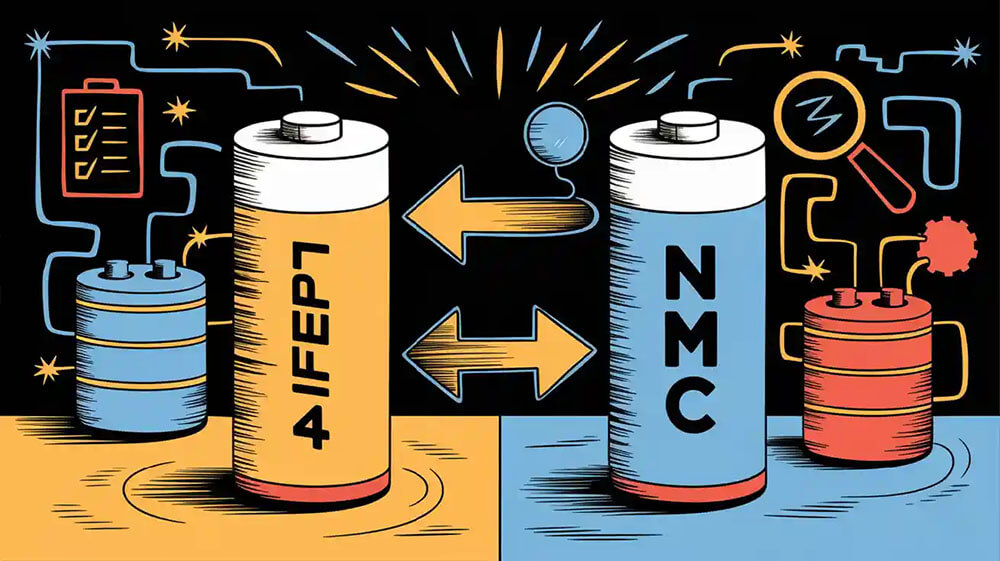Contents
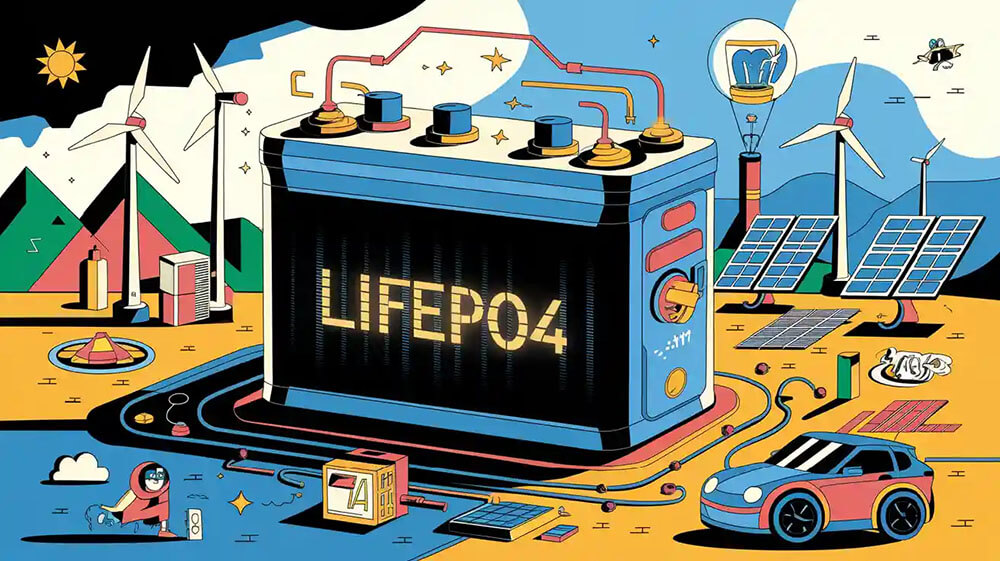
You are witnessing a transformative era in energy storage, where the LiFePO4 battery future takes center stage. Its reliability and efficiency make it a cornerstone in powering a sustainable energy future. With global renewable energy capacity set to surpass 4,500 gigawatts by 2024, the demand for advanced rechargeable battery solutions, particularly the LiFePO4 battery future, has never been greater. Industries now depend on this innovation to meet environmental goals and achieve energy independence.
Key Takeaways
LiFePO4 batteries are safe, reliable, and affordable. They work well for storing energy in many uses.
New improvements make LiFePO4 batteries store more energy and work better. This helps them compete in electric cars.
These batteries help the environment by storing energy from solar and wind power.
Part 1: Current State of LiFePO4 Batteries
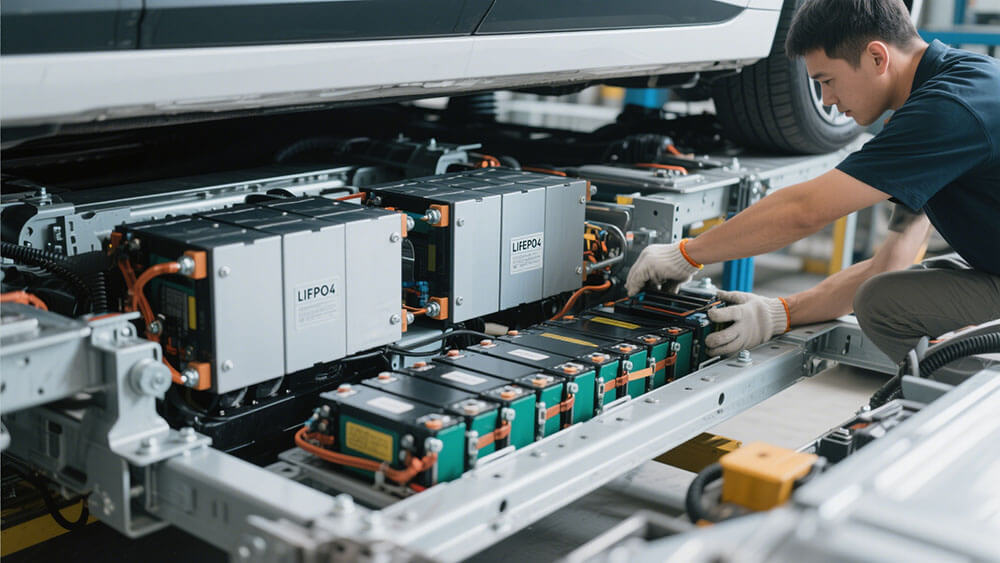
1.1 Advantages Driving the Adoption of LiFePO4 Batteries
LiFePO4 batteries have emerged as a leading choice in energy storage due to their exceptional safety, stability, and cost-effectiveness. Their longer lifespan make them ideal for applications requiring reliable performance over extended periods. For instance, these batteries are widely used in energy storage power stations, where their efficiency and durability are critical.
Evidence Type | Description |
|---|---|
Efficiency | LiFePO4 batteries are preferred for their stability and safety features. |
Durability | Research highlights their ability to withstand aging and degradation. |
Performance Improvement | Pulsed laser annealing can enhance their capacity from 135 to 145 mAh/g. |
The innovation in LiFePO4 battery development continues to improve their electrochemical performance, further driving their adoption across industries.
1.2 Key Applications in Energy Storage and Beyond
LiFePO4 batteries play a pivotal role in diverse sectors. In the medical field, they power critical devices, ensuring uninterrupted operation. Robotics also benefits from their reliability and compact design, enabling advanced automation. Security systems rely on these batteries for consistent energy supply, while infrastructure projects, such as transportation networks, leverage their durability and efficiency. Additionally, consumer electronics and industrial equipment utilize LiFePO4 batteries for their sustainable and high-performance characteristics.
The demand for lithium-ion batteries, including LiFePO4, rose from 49 GWh in 2013 to 70 GWh in 2016, with projections exceeding 96 GWh by 2020.
Electric vehicles like the Fisker Karma and GM Spark EV utilize LiFePO4 batteries for their safety and thermal stability.
1.3 Current Limitations and Industry Challenges
Despite their advantages, LiFePO4 batteries face challenges. Their lower energy density compared to other lithium-ion chemistries limits their use in applications requiring compact, high-capacity solutions. Additionally, their robust construction results in higher weight, which can be a disadvantage in space-constrained environments.
Slower charging rates and limited temperature ranges restrict their versatility.
Higher manufacturing costs pose a barrier to adoption in cost-sensitive markets.
Addressing these limitations through innovation and research will be crucial for the future of LiFePO4 battery technologies.
Part 2: Challenges and Opportunities in the LiFePO4 Battery Future
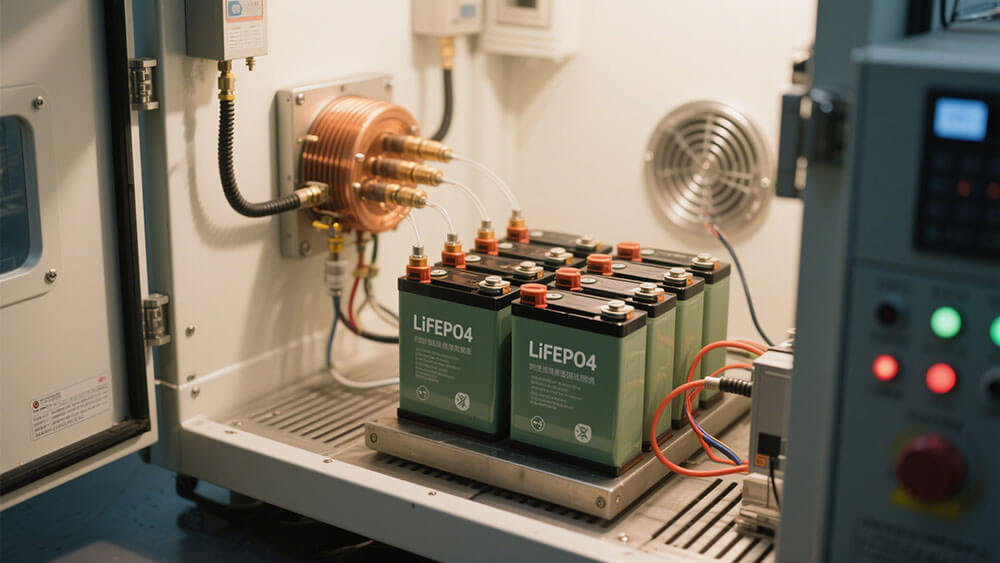
2.1 Overcoming Energy Density and Weight Constraints
LiFePO4 batteries offer exceptional safety and longevity, but their energy density and weight remain significant challenges. These factors limit their adoption in applications requiring compact and lightweight solutions, such as electric vehicles. However, advancements in material science are paving the way for improvements.
Manufacturers are optimizing particle size and morphology to enhance energy density.
Enhanced thermal management systems are improving safety and efficiency in stationary energy storage.
Innovations in charge and discharge capabilities are boosting overall battery performance.
These developments are critical for the future of EV batteries, where reducing weight and increasing energy density can significantly improve vehicle range and efficiency. As these technologies mature, you can expect LiFePO4 batteries to become more competitive in the electric vehicle market.
2.2 Competing with Alternative Battery Chemistries
LiFePO4 batteries face stiff competition from other chemistries like NMC and solid-state batteries. Each chemistry offers unique advantages, but LiFePO4 stands out for its stability and sustainability.
LiFePO4 Batteries: High energy efficiency (90-98%) and long lifespan make them ideal for renewable energy storage and electric vehicles.
NMC Batteries: Higher energy density but shorter lifespan and thermal management issues.
Lead-Acid Batteries: Lower efficiency and higher maintenance requirements.
Sodium-Ion Batteries: Emerging technology with potential but not yet widely adopted.
LiFePO4’s eco-friendly profile and cost-effectiveness position it as a strong contender in the future of EV batteries, especially as sustainability becomes a priority.
2.3 Expanding Opportunities in Low-Temperature Environments
Low-temperature performance has historically been a limitation for LiFePO4 batteries. However, recent innovations are addressing this issue, opening new opportunities in cold climates and industries like robotics and infrastructure.
Advanced electrolyte formulations are improving low-temperature conductivity.
Thermal insulation technologies are enhancing battery performance in extreme conditions.
These advancements make LiFePO4 batteries more versatile, enabling their use in electric vehicles and renewable energy systems in colder regions. As demand for reliable, all-weather energy storage grows, LiFePO4 batteries are poised to meet these needs.

The future of EV batteries depends on overcoming these challenges. By addressing energy density, competing chemistries, and low-temperature performance, LiFePO4 batteries can solidify their role in the electric revolution.
Part 3: Future Outlook for LiFePO4 Batteries
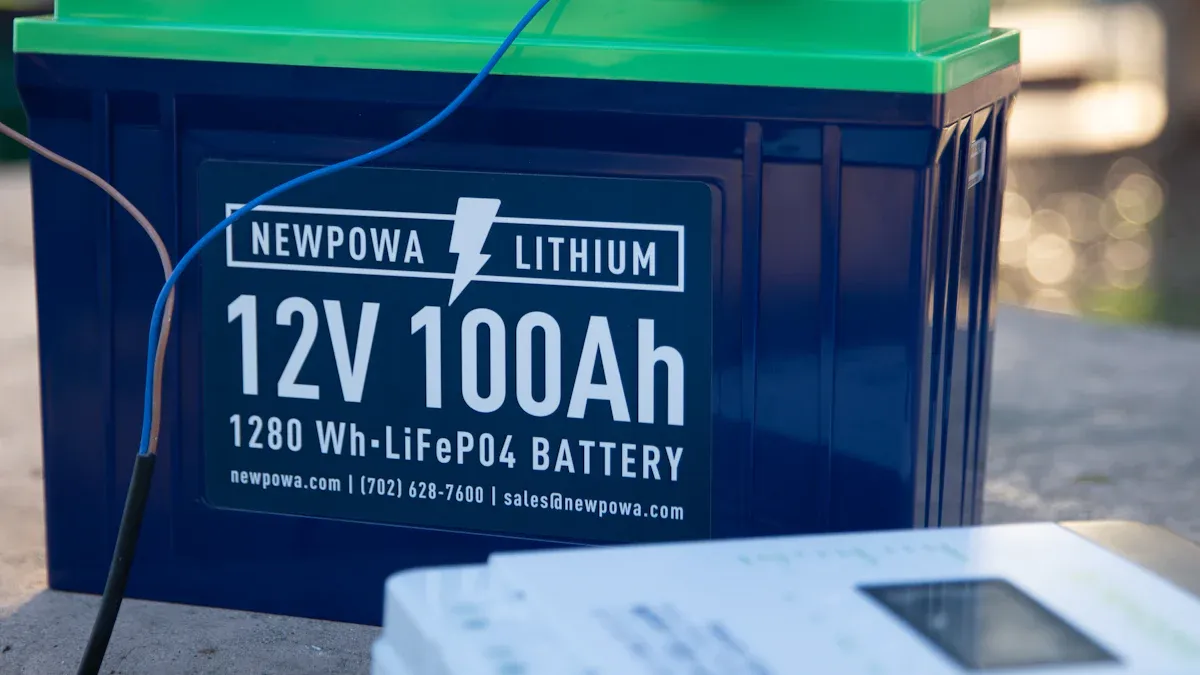
3.1 Supporting Decarbonization and Energy Transition
LiFePO4 batteries are pivotal in the global push toward decarbonization. Their eco-friendly chemistry, free from cobalt and nickel, aligns with sustainability goals. As renewable energy adoption accelerates, these batteries provide reliable storage solutions for solar and wind power systems. Their long cycle life, ranging from 2,000 to 5,000 cycles, ensures durability, reducing waste and supporting a circular economy.
Governments and industries worldwide are prioritizing energy independence. LiFePO4 batteries enable this by stabilizing grids and powering off-grid systems. For instance, residential energy storage systems, driven by solar panel installations, are projected to grow significantly. This trend highlights the role of LiFePO4 batteries in achieving a cleaner, greener future.
Tip: Explore how LiFePO4 batteries can enhance your renewable energy projects with custom solutions from Large Power.
3.2 Widespread Adoption Across Diverse Industries
The versatility of LiFePO4 batteries ensures their adoption across various sectors. In the medical field, they power life-saving devices with superior safety and reliability. Robotics applications benefit from their lightweight design and consistent performance, enabling advanced automation.
In security systems, LiFePO4 batteries provide uninterrupted power, ensuring operational integrity. Infrastructure projects, such as transportation networks, leverage their durability and efficiency. Additionally, consumer electronics and industrial equipment rely on these batteries for their cost-effectiveness and sustainability.
Key Adoption Trends:
Asia, particularly China, leads in LiFePO4 battery production, with millions of units manufactured annually.
Prismatic cell types dominate due to their versatility and cost-effectiveness.
3.3 Innovations Shaping the Next-Generation Batteries
Advancements in battery technologies are transforming the LiFePO4 battery future. Researchers are exploring nanotechnology to enhance energy density and reduce weight. Improved electrolyte formulations are extending low-temperature performance, making these batteries suitable for extreme environments.
The integration of artificial intelligence in battery management systems is another key advancement. AI optimizes charge cycles, prolonging battery life and improving efficiency. These innovations position LiFePO4 batteries as a cornerstone of next-generation batteries, meeting the demands of electric vehicles, renewable energy systems, and industrial applications.
Note: Stay ahead of the curve by exploring custom battery solutions tailored to your industry needs.
LiFePO4 batteries represent a breakthrough in energy storage, offering transformative potential across industries. Their reduced environmental impact, longer lifespan, and recycling opportunities make them a cornerstone of sustainability. By aligning with solar energy systems, they enable a 100% renewable solution, significantly reducing greenhouse gas emissions. These advancements highlight the role of battery innovation in shaping a cleaner, greener future.
Explore More: Discover how Large Power can provide tailored solutions to meet your energy needs.
FAQ
1. What makes LiFePO4 batteries ideal for EV applications?
LiFePO4 batteries offer unmatched safety, long cycle life, and thermal stability. These features make them reliable for EVs, ensuring consistent performance and extended range.
2. How do LiFePO4 batteries compare to other lithium-ion chemistries?
LiFePO4 batteries excel in safety and lifespan, with 2,000-5,000 cycles. While NMC batteries provide higher energy density, they have shorter lifespans and require advanced thermal management.
3. Can LiFePO4 batteries perform well in cold climates?
Yes, recent innovations like advanced electrolytes and thermal insulation enhance their low-temperature performance. This makes them suitable for EVs and renewable energy systems in colder regions.
Tip: Discover how Large Power can optimize LiFePO4 batteries for extreme environments.



